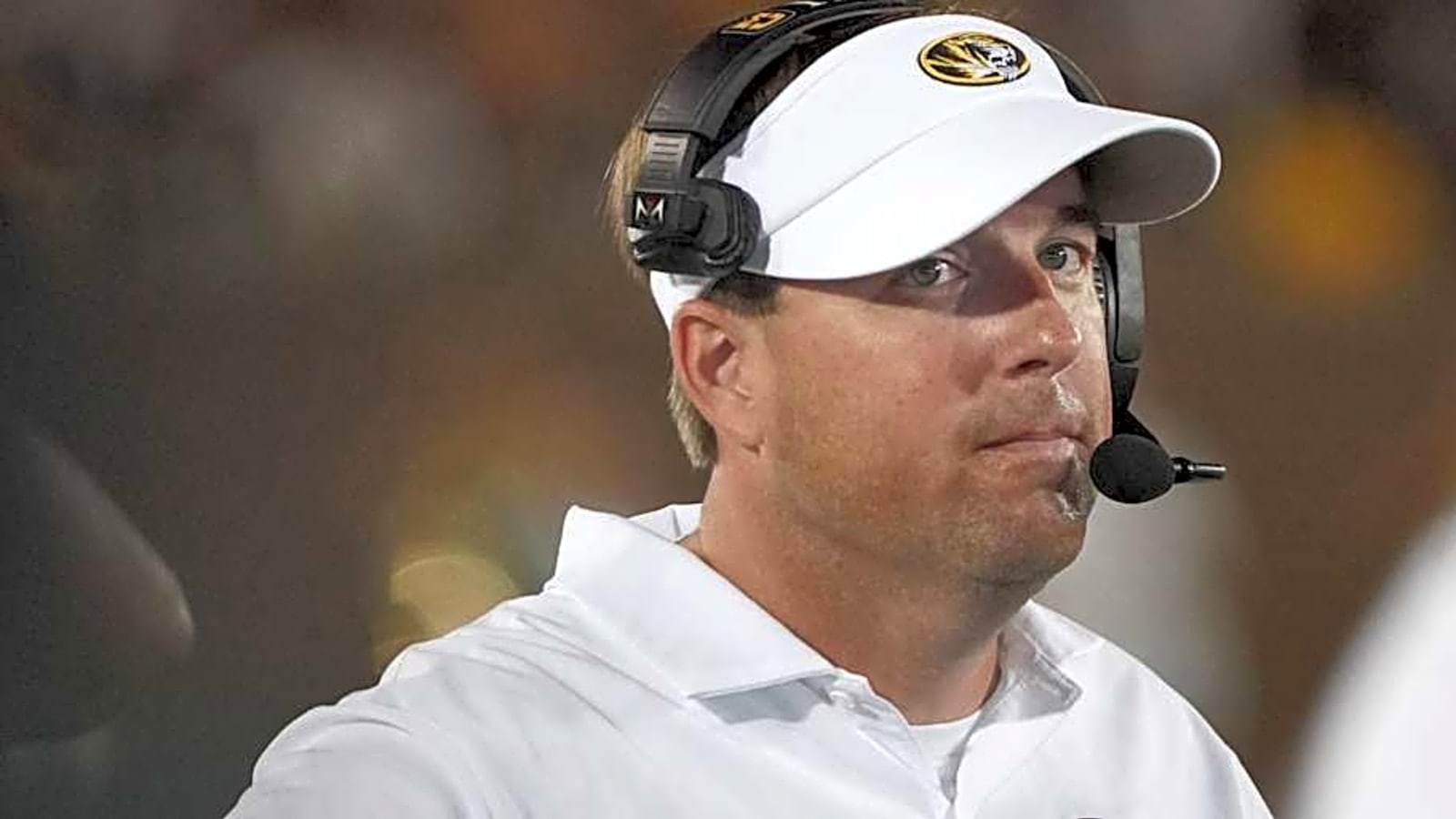
College athletics officially entered a new era July 1.
Athletic programs around the country are now able to directly share revenue with student-athletes for the first time ever, thanks to the recent approval of the NCAA v. House settlement.
The approval of the landmarkSettlement comes at an especially interesting time for the Missouri Tigers football program.
Under head coach Eli Drinkwitz, the program has used the new landscape of college athletics to its advantage over the last three seasons. Making the most of NIL and the transfer portal, Drinkwitz has elevated Missouri's status on the field by using the tools of NIL to recruit at an elite level.
Back-to-back double-digit win seasons over the past two years have led to a home sell-out streak currently standing at 12 games, and a $250 million investment into renovations of Memorial Stadium.
Missouri is in good position to continue to turn rattling changes to college athletics into a positive. But, as for every program around the country, it will take some adjusting.
The biggest of adjustments coming in the manner in which student-athletes are compensated, with revenue sharing now taking over as the primary avenue to acquire and retain players.
The improvements to Memorial Stadium are at the core of the plans for Missouri entering the revenue-sharing era. The hope is the renovations will lead to revenue Missouri can reinvest into its roster.
"The North End Zone is going to have a significant impact on our capacity to generate revenues," athletics director Laird Veatch said in a press conference on June 12.
There is a cap of how much revenue programs can share with student-athletes, set at $20.5 million for the upcoming athletics year. That cap number is expected to rise each year over the next decade.
To stay competitive and meet this cap number, athletic programs are having to look for ways to trim down expenses. Missouri examined its costs for equipment, travel and dining, according to Veatch.
The Memorial Stadium project is set to be completed ahead of the 2026 football season. It will take even longer for the athletic department to see the financial benefits of it. For now, the department is still fundraising for the project.
"We're tracking really well in that area (fundraising for the Memorial Stadium project), but that doesn't hit for a few years either," Veatch said. "That's something else that has to take time to play out. So it's managing through these immediate fiscal years that we see in front of us."
Putting this significant of an investment into facilities is a choice where the on-the-field benefits aren't quite as obvious before compensation wasn't the primary consideration for most players when choosing a school.
Beforehand, an elite facility was likely a lot higher on a priority list for a player considering a school.
But now, a stadium can bring in important revenue to fund those roster expenses, and increase donor support.
"If you think about the long-term position iot puts us in financially, 5, 10 years down the road, the money that's going to be generated from this is going to be critical," Veatch said after final approval of the stadium project was granted by the UM Board of Curators.
Now that Missouri has adapted and proved it can win in the new era of college athletics, the focus is on turning it into more than a flash in the pan, but consistency for years to come.
The athletics administration didn't want to hesitate at all to make the significant investment immediately after the succesful 2023 season, the program's first winning season since 2018.
"Many times you see schools not be willing to double down and invest when they're winning and being succesful at this level," Veatch said. "It really is important that we see this window, we take advantage of it, and do this now because we're going to be in a better position down the road."
More must-reads:
- Ohio State superstar's new NIL deal shows Nike might be losing its luster
- Five quarterbacks who will define 2025 college football season
- The 'NBA all-time assists leaders' quiz
Breaking News
Trending News
Customize Your Newsletter
 +
+
Get the latest news and rumors, customized to your favorite sports and teams. Emailed daily. Always free!








